#fossil fish
Explore tagged Tumblr posts
Text
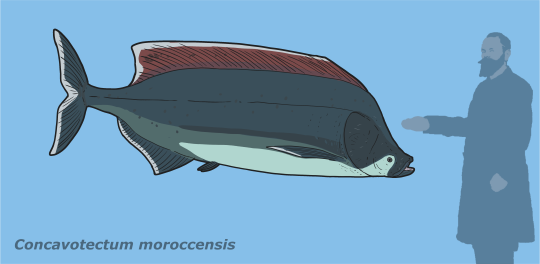
Spinosaurus drama is cool and things, but do you know what's even cooler? Better fossils of animals that lived with Spinosaurus!
There is a new specimen of Concavotectum currently on display in Tuscon. BigSkyFossils took some photos of it and I had to doodle it! It's been a while since I did a tselfatiform and now we have finally an idea how the postcranium looked like!
So far we only had a few fragments and this pretty good skull. As some people noted though, the eye is reconstructed in the wrong corner.

#sciart#paleoart#paleostream#palaeoblr#cretaceous#spinosaurus#kem kem#morocco#fossil fish#concavotectum
4K notes
·
View notes
Text

26" Fossil Fish (Knightia) Mass Mortality Plate
#eocene#knightia#fish#multi#fossil fish#fish fossil#png#transparent#Etsy#paleontology#fossil#fossils#prehistoric
241 notes
·
View notes
Text
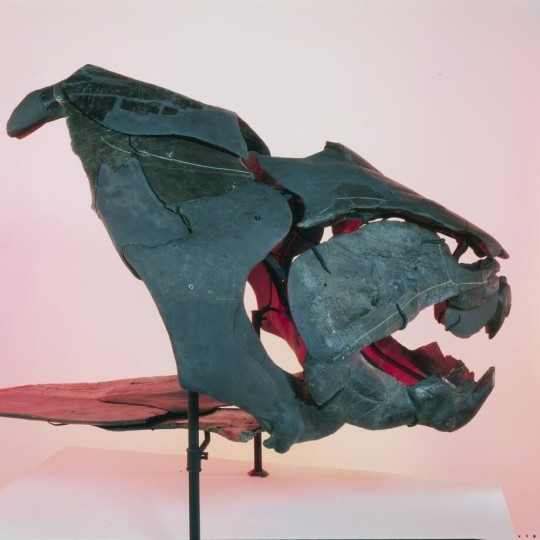
Don’t mess with this fish! For Fossil Friday, let’s meet Dunkleosteus terrelli. It lived some 360 million years ago during the Devonian. Scientists think it was one of the first large jawed vertebrates in the ocean and an aggressive predator. The razor-sharp edges of bones in its jaws served as cutters, and as they rubbed against each other, the opposing jaw blades acted like self-sharpening shears. These bones continued to grow as they were worn down by use.
This specimen, on display in the Museum’s Hall of Vertebrate Origins, was found in Ohio. Spot Dunkleosteus and other prehistoric animals at the Museum! Plan your visit.
Photo: Image no. ptc-5861 © AMNH Library
#science#amnh#museum#fossil#nature#natural history#animals#fact of the day#did you know#fish#fossil friday#fossil fish#prehistoric#devonian#museums#american museum of natural history#museum of natural history#natural history museum#paleontology
719 notes
·
View notes
Text



Who do those spooky glowing eyes belong to!? Surprise! A coelacanth! Come adopt these spooky cuties before they go back into the deep deep sea!
125 notes
·
View notes
Text

The following is a digital doodle of a Allenypterus that I made. I did this as practice, I hope y'all like this drawing of this prehistoric Coelacanth.
#allenypterus#coelacanth#prehistoric#fish#paleoart#paleontology#artist#artists on tumblr#digital art#art#animals#living fossils#fossil fish#digital artist
94 notes
·
View notes
Text
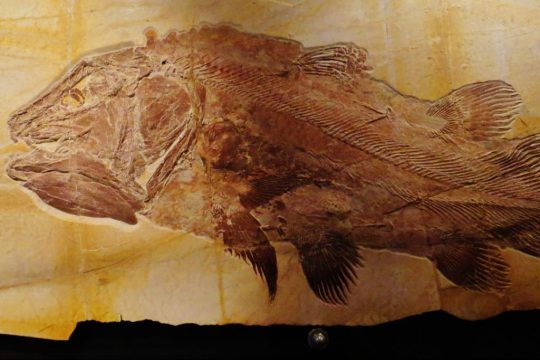

Happy Fossil Friday!
Who: Coelacanthiformes
What: Coelacanths! Large lobe-finned fish from the Class Actinistia, a close relative of the lungfish.
When (group): Devonian - Present (thought to have gone extinct during the End-Cretaceous extinction event, but members of the group were "rediscovered" in 1938)
Where: (Living representatives) along the east African coast and the Comoros Archipelago in the Indian Ocean.
(Fossil representatives) England, Czech Republic, France, Germany, India, Switzerland, Brazil, Democratic Republic of the Congo, China, Uruguay, USA, and more.
Fun Fact!: There are two living speices (that we know of) of Coelacanth: Latimeria chalumnae & Latimeria menadoensis
Here is a link to an article for the story of how this "living-fossil" was rediscovered by the scientific community and the museum curator who's quick thinking and determination helped bring this animal back into the spotlight.
Why are they cool?: Instead of the bony vertebral column shared by other vertebrates the coelacanth retains the ancestral fluid filled notochord which is less rigid than vertebrae, but offers more flexibility.
Image Credits: (Left) Coelacantheformes Fossil From the Natural History Museum of Bamberg & (Right) Laurent Ballesta - Gombessa Expéditions
160 notes
·
View notes
Text
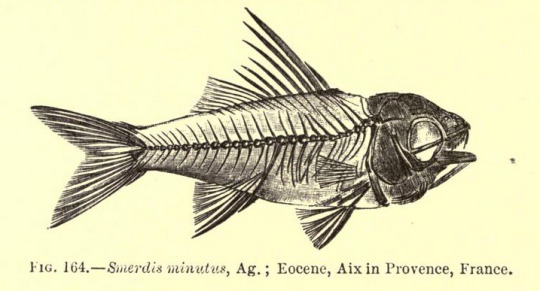
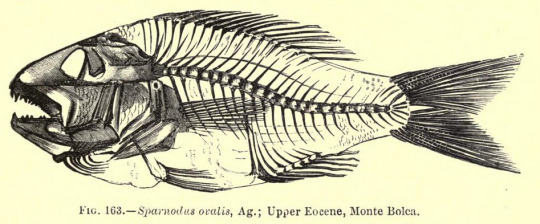
Eocene fish skeletons (Smerdis minutus & Sparnodus ovalis) from A Guide to the Fossil Reptiles and Fishes in the Department of Geology and Paleontology in the British Museum (Natural History), 1896.
7 notes
·
View notes
Video
youtube
Amazinfg Facts About Arapiaima , Vulnerable Ancient Fish Arapaima gigas
#youtube#Fish#Freshwaterfish#Arapaima#Arapaima gigas#Ancient Fish#Fossil Fish#Living Fossil Fish#Largest Freshwater Fish#Lokaranjan Aqua World Underwater Zone#Upturned Mouth#Obligate Air Breather#Male Fish Mouth Breeder
9 notes
·
View notes
Photo

Fossil Fish Ray Bar - Myliobatis (Eagle Ray), Aquia Formation, Late Palaeocene, Wades Bay, Charles County, Maryland, USA - COA
This is a fascinating Fossil Fish Ray Bar from the species Myliobatis (Eagle Ray), discovered in the Aquia Formation at Wades Bay, Charles County, Maryland, USA. The fossil dates to the Late Palaeocene, specifically the Thanetian Stage, and is a 100% genuine specimen, accompanied by a Certificate of Authenticity. It is a perfect addition to any fossil collection, especially for those interested in ancient marine life.
Geology and Fossil Type
Geological Stage: Late Palaeocene (Thanetian Stage)
Depositional Environment: Marine (The Aquia Formation represents a marine environment from the Late Palaeocene, which was home to many marine species, including rays and sharks)
Family: Myliobatidae (family of rays, including eagle rays)
Superfamily: Myliobatoidea
Order: Myliobatiformes (the order of rays and skates)
Morphology Features
The Myliobatis (Eagle Ray) fossil features a bar that is characteristic of ray species, showing fine details of the cartilage structure. The fossil exhibits the flat, diamond-shaped morphology typical of rays, with its distinctive and well-preserved shape.
Biozone
The Aquia Formation biozone, located in the Late Palaeocene, provides a rich collection of marine fossils, including various species of fish, sharks, and rays. Fossils from this formation offer valuable insights into the marine ecosystems of the period.
Notable Features
This fossil is notable for its excellent preservation and detailed morphology. The ray bar shows great clarity, providing a detailed view of the animal's anatomy. The specimen is an ideal addition for collectors looking to expand their collection with prehistoric marine life.
Size and Presentation
Scale Rule Squares: 1cm
Full sizing is provided in the photos, so you can see the exact size of the fossil.
Actual Fossil: The fossil pictured is the exact piece you will receive.
Key Selling Points
100% Genuine Fossil
Comes with a Certificate of Authenticity
A well-preserved ray bar from Myliobatis (Eagle Ray)
Clear morphological details and preservation
Perfect for collectors and those interested in Eocene marine life
This Myliobatis (Eagle Ray) Fossil Fish Ray Bar is a captivating piece of ancient marine history. Its superb preservation and intricate details make it a must-have for any fossil enthusiast or collector interested in the Late Palaeocene period and prehistoric marine life.
#fossil fish ray bar#Myliobatis eagle ray#fossil fish#Aquia Formation fossil#Palaeocene fossil#Thanetian Stage#Maryland fossils#Wades Bay fossil#eagle ray fossil#genuine fossil specimen#fossil with certificate#fossil fish identification#prehistoric fish fossil#marine life fossil#natural history#geology#fossil collector#ancient fish
0 notes
Text
#2830 - Megalampris keyesi

Named in honour of the New Zealand palaeontologist Ian Warwick Keyes (1938-2004).
New Zealand's largest fossil bony fish, twice the size of any of its living relatives, at over 4m long. It was found in the Otekaike Limestone, upper Duntroonian stage, Upper Oligocene (26 Mya).

Megalampris keyesi and the squalodontid-like dolphin Waipatia maerewhenua that I've discussed earlier, by Apokryltaros.
The living Opah species (Lampris) are deep-bodied fish of the open ocean found in warm and temperate waters worldwide. In May 2015, L. guttatus was found to keep its entire body at 5 °C above the surrounding water. The fish generates heat with continuous movements of its pectoral fins - the muscles are insulated by a one-cm-thick layer of fat - and heat-exchangers in the gills. This is very useful when in pursuit of fish, squid, and krill without that metabolic advantage.
Otago Museum, Dunedin, Aotearoa New Zealand
0 notes
Text
How Fossil Fish Is Inspiring Creativity Across Millennia

Before modern science revealed their prehistoric origins, ancient peoples encountered fossil fish embedded in sediments and incorporated these mysterious remains into creative works, myths, medicines, and rituals. Across cultures and epochs, the recognizable shapes of fossils captivated imaginations and came to embody powerful symbolism in art, literature, architecture, and more. These paleontological muses continue to inspire creativity and culture today. Read more: https://fossilageminerals.hashnode.dev/how-fossil-fish-is-inspiring-creativity-across-millennia
0 notes
Text
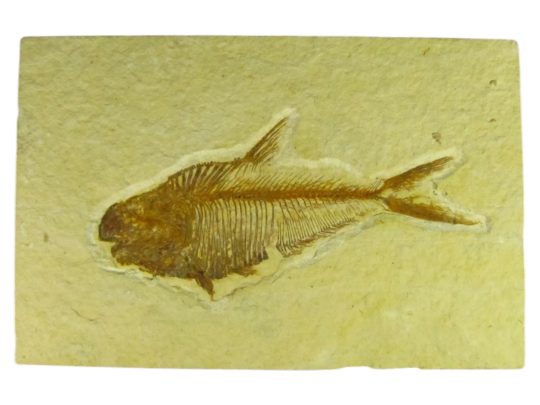
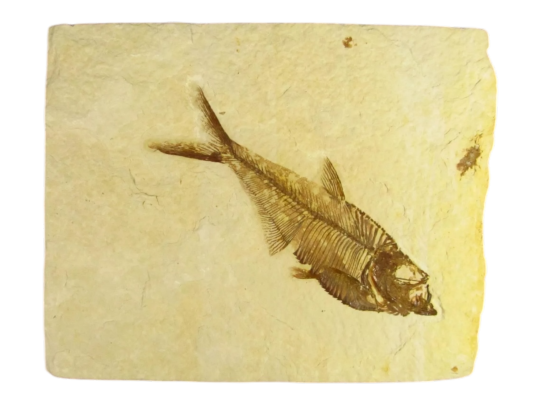
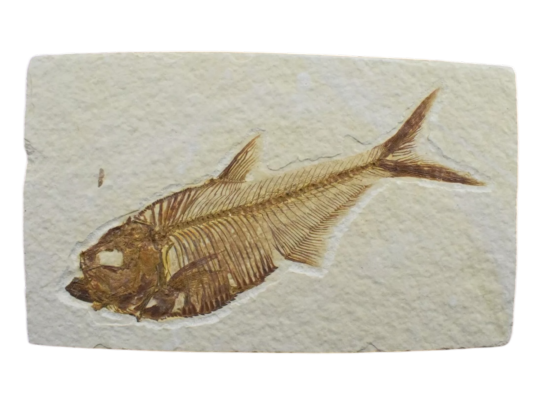
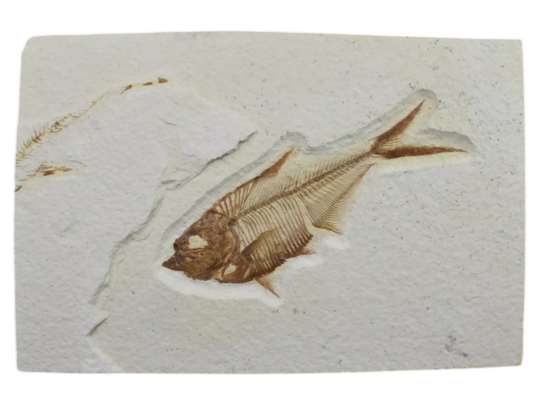
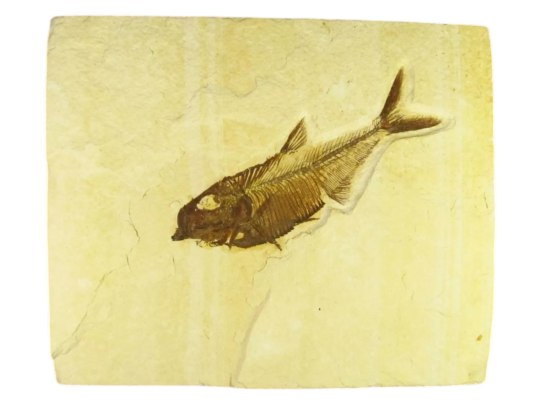
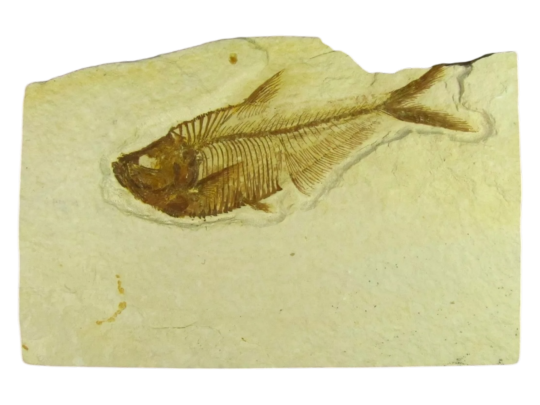
Diplomystus dentatus Fossil Fish Green River Formation Wyoming
#diplomystus#wyoming#fossil#ocean fossil#fossils#fish fossil#fossil fish#fish#fishblr#png#transparent#ebay#paleontology#paleoblr#prehistoric
126 notes
·
View notes
Text

#animals#marine biology#marine life#fun facts#coelacanth#fish#fishblr#living fossil#Midnight Snack's Cool Facts
1K notes
·
View notes
Text
okay i have done enough intensive research for tonight. i will leave these ugly bastards alone until tomorrow...

#theyre SO UGLY!!!!!!!!#wip#pycnodontid#pycnodontiformes#pycnodontidae#bony fish#fish#prehistoric fish#paleoart#coccodus#fossil fish#art#sketch#raine art
0 notes
Text

I wanted to try my hand at the fairly classic koi tattoo but with a personal twist. This one depicts a coelacanth which are lobe-finned fish known as "living fossils". They're relatives of our own fish ancestors prior to our lineage leaving the water.
#art#digital art#drawing#tattoo#tattoo design#koi#coelacanth#paleontology#living fossil#lobe finned fish#tetrapod#wildlife#wildlife art#illustration#irezumi#fish#fish tattoo#coelacanth tattoo
680 notes
·
View notes
Text







Various fossil fishes of the Old Red Sandstone formation (predominantly Devonian) from A Guide to the Fossil Reptiles and Fishes in the Department of Geology and Paleontology in the British Museum (Natural History), 1896.
#cephalaspis#pteraspis#coccosteus#dipterus#phaneropleuron#holoptychius#fossil fish#fish#fossils#paleontology
7 notes
·
View notes